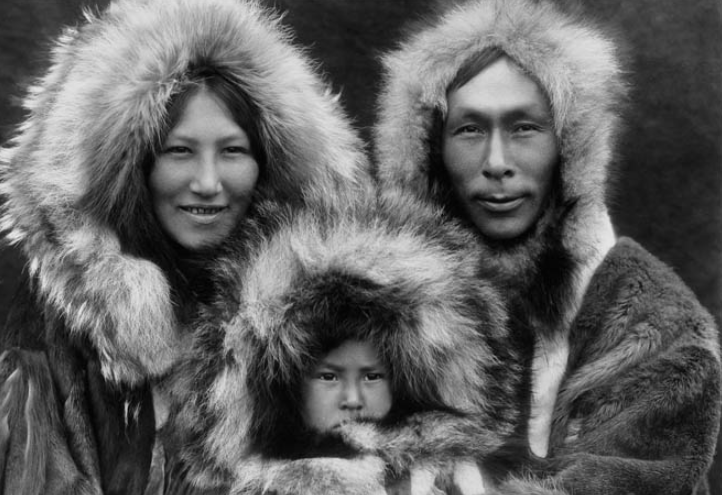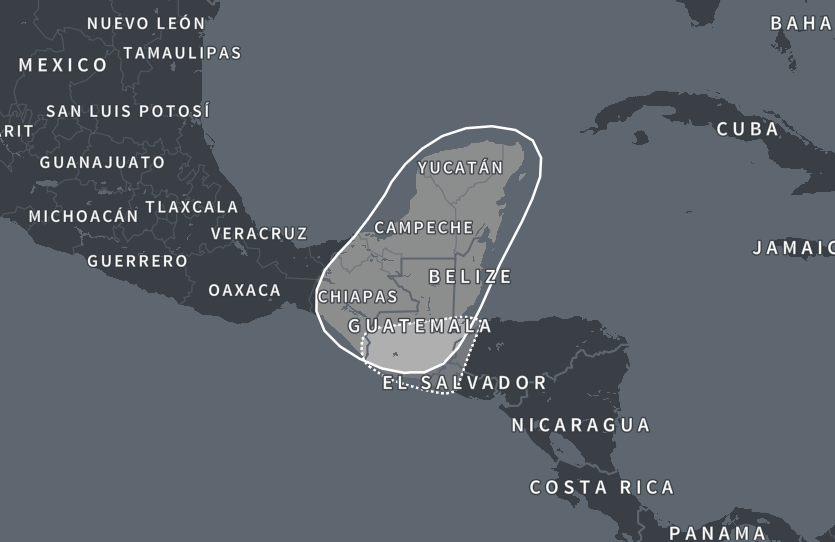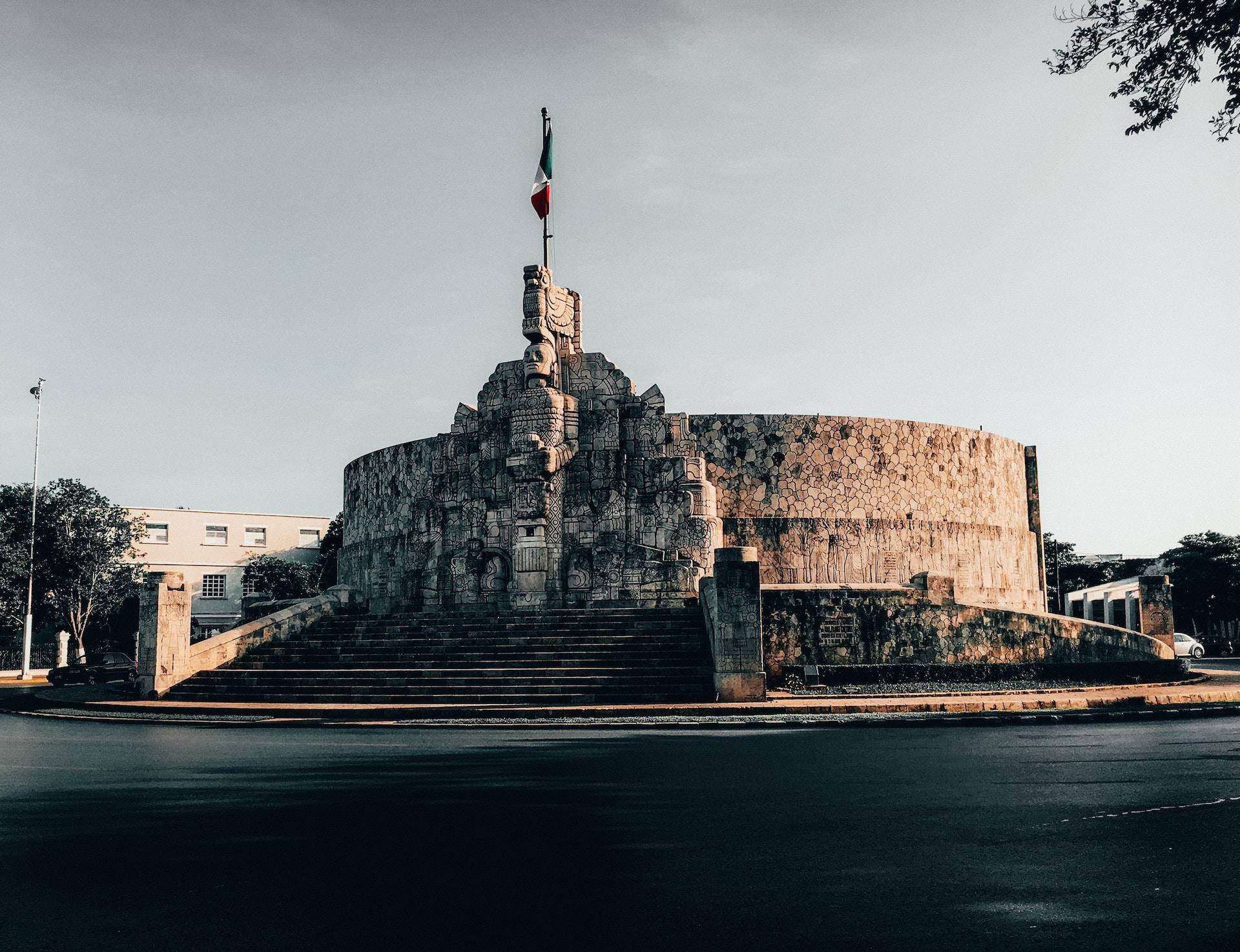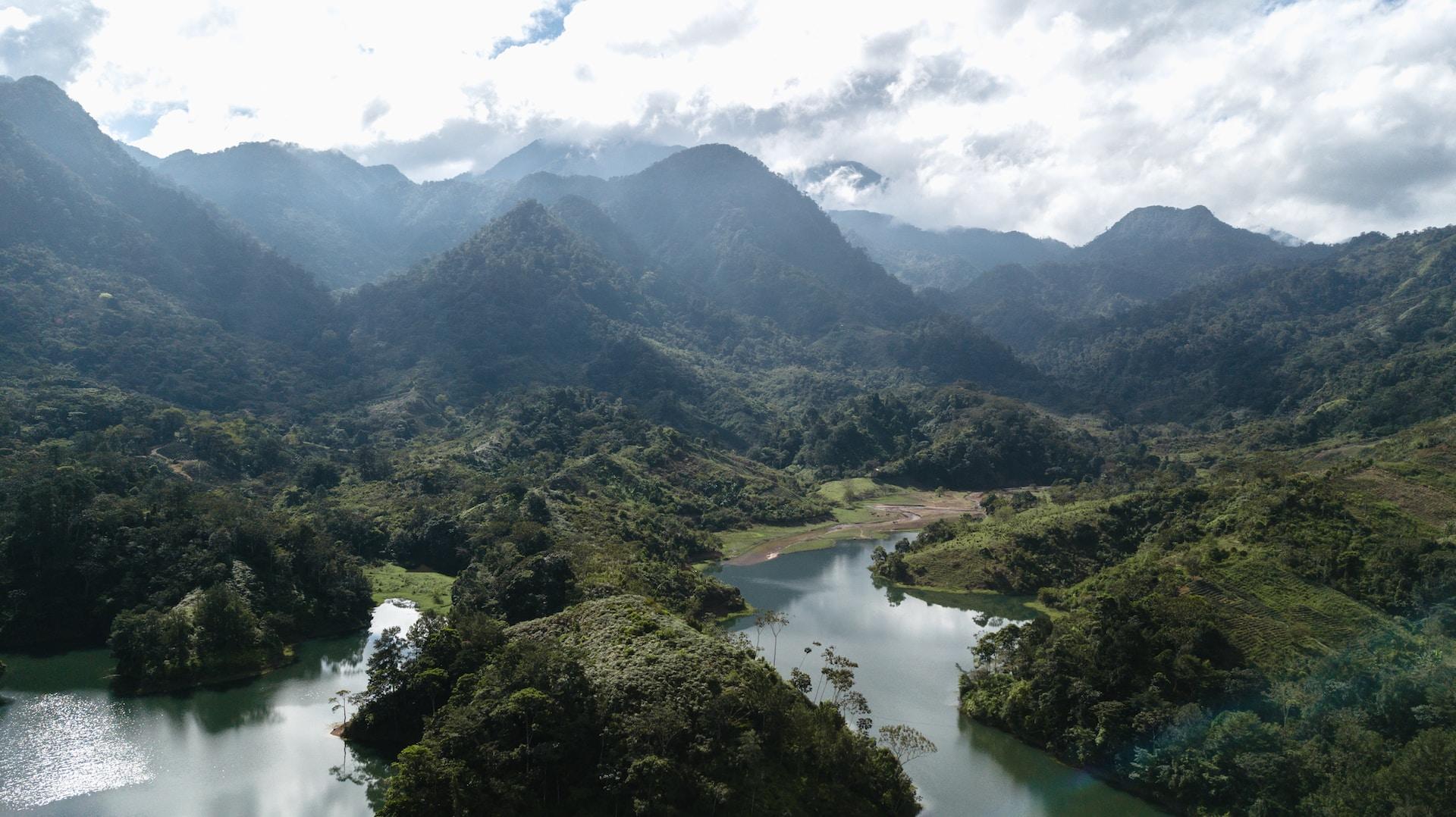What is Indigenous Americas-Yucatan Peninsula DNA Ethnicity on Ancestry?
In this article we will be looking more closely at the Indigenous Americas Yucatan Peninsula DNA region. We will look at where it is and who the indigenous people of that region were. So to find out more about your DNA ancestors of this region read on.
History of Humans in the Americas
The Land Bridge
Although there is no exact date as to when humans first arrived in the Americas there are several prevailing theories. The most common one of course being the land bridge theory. During the last ice age between 19,000 – 8700 BC, sea levels were 100 feet below the modern-day levels. This was due to vast quantities of water being frozen in glacier form.

During that last ice age, the Bering sea as we know it today was actually a land bridge reaching all the way to Siberia. It is thought that around 14,000 years ago stone age hunters and gatherers followed game across this land bridge and became the first humans to settle within the Americas.
It is also believed that gradually these settlers then headed deeper into the Americas, traveling south in small groups. Due to the ongoing effects of the ice age these groups remained small because conditions were not conducive with large settlements or nomadic tribes.
Today's Indigenous peoples likely descend from a now-vanished ancient group known as the Paleo-Siberians. In DNA testing Indigenous Americas DNA has little in common with modern-day Siberians but in 2019 a 10,000 year old skeleton found in Siberia did show notable similarities to modern-day Native peoples in the Americas.
Traveling by Sea
There exist several theories whereby early indigenous people of the Americas may have interacted and bred with oceanic explorers prior to the arrival of Columbus. In DNA tests taken of inhabitants of Rapa Nui (Easter Island), these people showed small sections of Native American DNA.
Easter Island is over 2000 miles away from the closest contact with the Americas which would be the coast of Chile. The DNA suggests that these Easter Islanders had a Native American Ancestor from around 1280 – 1495 A.D. It is therefore likely these seafaring Polynesians made the trip to the Americas and some may have stayed.
Recent archaeological evidence also indicates that Vikings were present in the United States around the 11th century A.D. It is reasonable to assume there would be a possibility that some may have settled and assimilated into local tribes.
Indigenous Americas Yucatan Peninsula Region
This small region of common DNA is located in southern Mexico in an area known as the Yucatan Peninsula. Also included in this region are the countries of Belize and Guatemala. Additionally smaller border populations showing this type of DNA can be found in northern El Salvador and western Honduras.

There is a Guatemala sub-region in the Indigenous Americas Yucatan Peninsula region which itself is made up of three further sub-regions. These are:
- Central Guatemala
- Eastern Guatemala
- Western Guatemala
The eastern Guatemala region is the one which encroaches into El Salvador and Honduras. In the western Guatemala region there is some small overlap into southern Mexico.
Yucatan Indigenous History
The earliest evidence of humans in the Yucatan Peninsula region of Mexico comes from a female skeleton found in a cave in the state of Quintana Roo. Dating back roughly 10,000 years this individual appeared to have a difficult life and death and may have been outcast from her society.
Evidence suggests that cultivation of maize, tomatoes and beans began in this region which was grown in vast quantities. This abundance allowed the early hunter gatherers of the region to settle down to a more stationary agricultural lifestyle.

Around 5,000 BC villages of collective farmers would have developed. The resulting advances in this region such as religion, vigesimal numeric systems and farming techniques would over time spread further south.
Millenia later the Maya civilization was centered around the Yucatan Peninsula with a significant portion of their range being within the Peninsula. In fact even today indigenous groups in the region claim descent from the Maya including the Mestizos who claim partial descent.
The first Mayan cities arose between 600 – 350 BC. They would thrive for centuries but historians believe by 750 AD the Mayan civilization started a steady decline. The reasons for this decline are subject for great debate but by the time of the Spanish arrival in the region the Maya were not the power they had been.
Spanish Arrival
In the early 1500s Spanish explorers arrived in the region bringing along with them not just an attitude of conquest but also smallpox. This would unleash a plague on the indigenous peoples of the Yucatan Peninsula which would decimate their population within a few decades.
As was common throughout Central and Southern America at that time the Spanish sought to bring local populations to heal through force and also alliances with select indigenous groups. After taking the Yucatan Peninsula in 1524 the Spanish would push further south to take Honduras and Guatemala as well.
How Did You Inherit Indigenous Americas Yucatan Peninsula Region DNA?
It is important to note that due to the small number of original humans that likely crossed the land bridge and thousands of years of isolation, Indigenous DNA is very distinct. Over thousands of years it has changed enough however to pinpoint populations with common DNA such as the Indigenous Americas Yucatan Peninsula region.
As mentioned many individuals from South and Central America may have some Indigenous DNA based on intermarriage between early Spanish settlers and the local native groups in this case the Maya.

Depending on how high your percentage of Indigenous Americas Yucatan Peninsula DNA is, its origins can vary. If you have a high percentage you may have a recent ancestor who was almost 100% Indigenous. Often if this is the case you would likely have some idea of who this was.
In the case of lower percentages of Native DNA, it might be an indication of a more distant unknown indigenous ancestor. In order to discover this connection, you may have to do some deep research to try and pinpoint at what point that DNA entered your family tree.
Final Thoughts
The Yucatan Peninsula was once a central stronghold of the Mayan civilization whose influence at one time extended well into Mexico and also further south into South America. Then began a decline during the first millennium AD and by the time the Spanish arrived in the 16th century would not prove a match for these invaders.
Today the indigenous peoples of the Yucatan Peninsula still carry the blood of these Mayans as well as the blood from older groups who likely farmed the region for thousands of years before the Maya rose to prominence.
Finding DNA from this indigenous region in your ethnicity estimate would indicate you have an ancestor either recent or more ancient who at one time lived in the area. They may have perhaps had a hand in the construction of some of the amazing architectural achievements of the Mayans.
Link To or Reference This Page
We spent a lot of time downloading, cleaning, merging, and formatting the data that is shown on the site.
If you found the data or information on this page useful in your research, please use the tool below to properly cite or reference Name Census as the source. We appreciate your support!
-
<a href="https://namecensus.com/blog/what-is-indigenous-americas-yucatan-peninsula-dna-ethnicity-on-ancestry/">What is Indigenous Americas-Yucatan Peninsula DNA Ethnicity on Ancestry?</a>
-
"What is Indigenous Americas-Yucatan Peninsula DNA Ethnicity on Ancestry?". NameCensus.com. Accessed on May 10, 2024. https://namecensus.com/blog/what-is-indigenous-americas-yucatan-peninsula-dna-ethnicity-on-ancestry/.
-
"What is Indigenous Americas-Yucatan Peninsula DNA Ethnicity on Ancestry?". NameCensus.com, https://namecensus.com/blog/what-is-indigenous-americas-yucatan-peninsula-dna-ethnicity-on-ancestry/. Accessed 10 May, 2024
-
What is Indigenous Americas-Yucatan Peninsula DNA Ethnicity on Ancestry?. NameCensus.com. Retrieved from https://namecensus.com/blog/what-is-indigenous-americas-yucatan-peninsula-dna-ethnicity-on-ancestry/.
